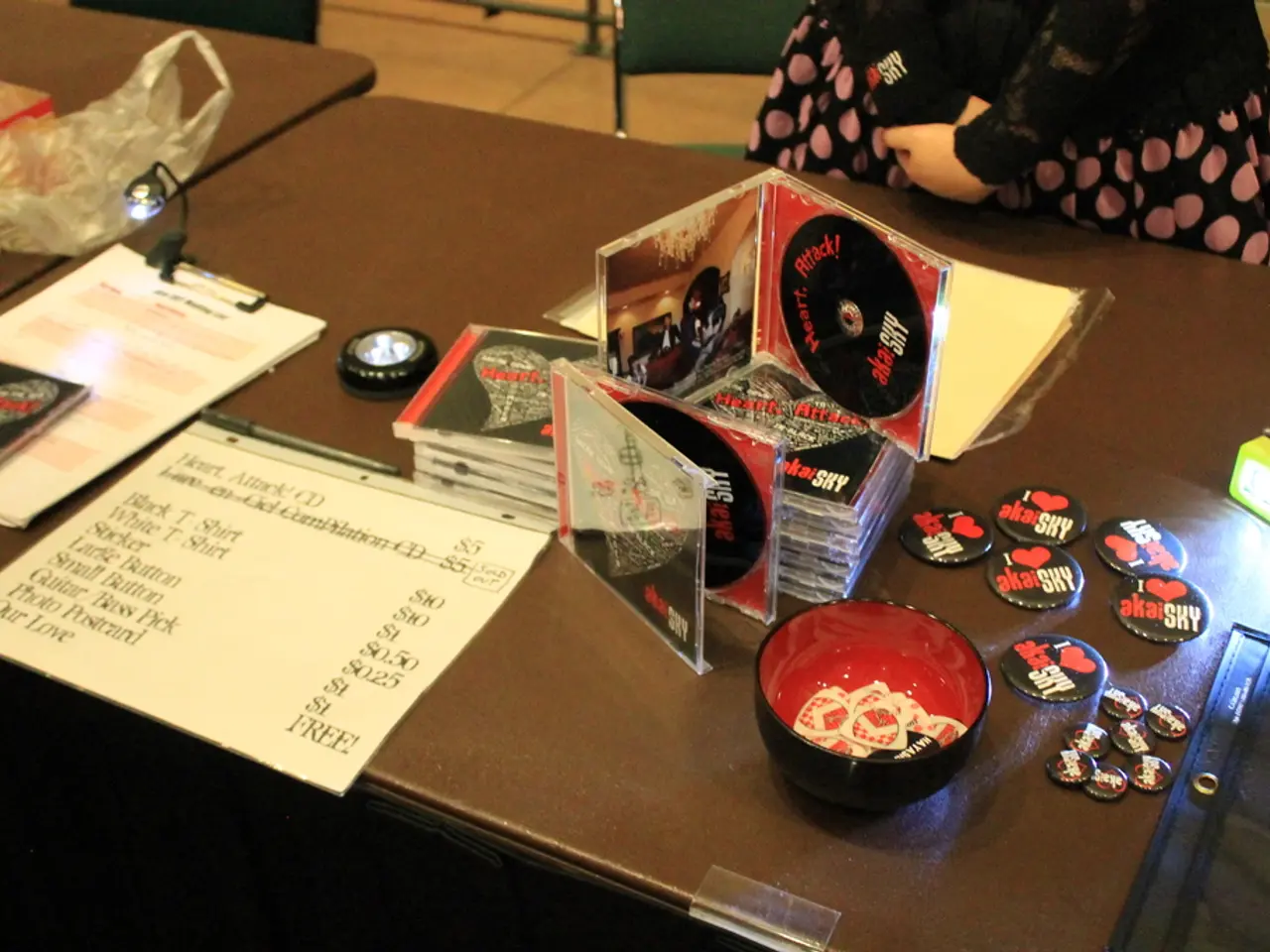Gamification of Applications Propels Multiple Buying Decisions (Supported by Authentic Case Studies)
In the digital age, mobile apps are leveraging the power of gamification to drive repeat purchases and user retention. By incorporating game mechanics into non-gaming contexts, these apps are making interactions more engaging and rewarding.
Key Gamification Strategies
1. **Gamified Loyalty Programs**: Duolingo, Starbucks Rewards, and Flipkart's SuperCoins are prime examples of apps that encourage repeat business by introducing elements like daily streaks, virtual currency, and completion challenges. Users are motivated to log in more frequently and spend more time interacting with the app as they anticipate earning rewards or hitting milestones.
2. **Emotional Engagement**: Apps like Snapchat, Instagram, and LinkedIn create emotional bonds between users and the app by providing achievements, such as badges and points, which foster a sense of accomplishment and progression. This motivates users to continue using the app to maintain their progress and build upon their achievements.
3. **Social Interaction and Competition**: Leaderboards and social sharing options, as seen in apps like Nike Run Club and travel apps, allow users to compare their progress with others, fostering competition. Users often become more invested in the app when they can compete with friends or share their victories on social media.
4. **Enhanced User Experience**: Gamified onboarding flows, like those in fitness apps, make the initial experience more engaging, encouraging users to explore the app's full potential. This improves feature adoption and reduces the likelihood of users churning early on.
5. **Economic Incentives**: Offering rewards like virtual currency or exclusive deals can directly influence purchasing decisions within the app. By tying rewards to specific actions, users are motivated to make more purchases.
The impact of gamification on retention is significant. It aids in habit formation, ensuring users return to the app regularly, and improves retention by providing tangible evidence of progress.
In the realm of healthcare, apps reward users for logging meals, taking medication on time, or reaching physical activity targets, improving adherence and making health management less intimidating. Fitness apps, like Nike Run Club, motivate and retain users by transforming exercise into a fun, rewarding experience.
The mobile environment is ideal for gamified loyalty due to its habitual usage, push notifications, personal screen real estate, touch-first UX, and the ability to build mini-feedback loops right into the user journey. E-commerce apps, productivity apps, and even dating apps like Tinder are harnessing this power to hook users into returning daily.
Gamification in mobile apps is not about turning the app into a game like Candy Crush, but using elements from games such as points, rewards, challenges, and levels to motivate user behavior in a non-game environment. It's a strategic approach to user engagement that is set to shape the future of mobile app interaction.
Users can be incentivized to engage with health apps more frequently through gamified loyalty programs, where virtual currency, daily streaks, and completion challenges are used to motivate users to log meals, take medication, or reach physical activity targets.
Push notifications in the mobile environment offer the opportunity to promote gamification, encouraging users to return to e-commerce apps, productivity apps, or even dating apps like Tinder on a daily basis.
The impact of gamification in lifestyle apps extends beyond user retention as it enhances the overall user experience by making interactions more engaging and rewarding, transforming general-news apps, entertainment platforms, and even everyday tasks into enjoyable experiences.




